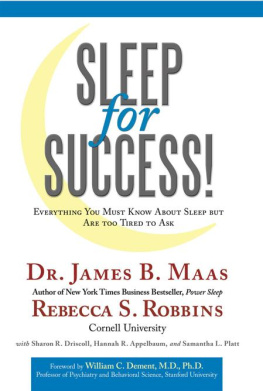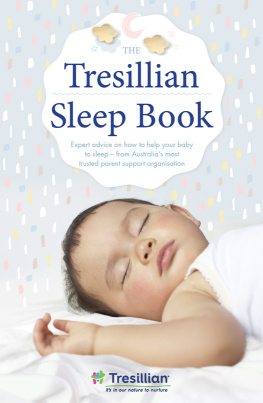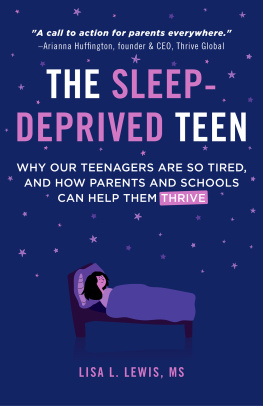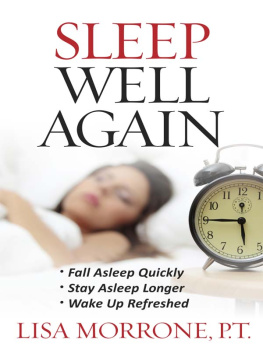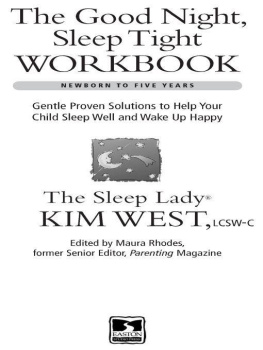
Jennifer Smith is a highly experienced educational, developmental and counselling psychologist and a registered elementary and high school teacher. She has had many years of experience as a mainstream classroom teacher and special education teacher. Jennifer has also had extensive experience as a university lecturer to undergraduate and postgraduate students, in the schools of psychology and education. She remains a popular guest lecturer, guest speaker and internet blogger. Jennifer runs a very busy private practice in Sydney, where she works with children, teenagers, their parents and school staff.
www.drjennifersmith.com.au
To order the print edition,
find out more about the book or contact the author,
please visit: www.vividpublishing.com.au/drjennifersmith
Text Copyright 2015 by Jennifer Susan Smith
Illustrations: Roy Bisson 2014
ISBN: 978-1-925341-02-7 (eBook)
EPUB Edition
Published by Vivid Publishing
P.O. Box 948, Fremantle Western Australia 6959
www.vividpublishing.com.au
eBook conversion and distribution by Fontaine Publishing Group, Australia
www.fontaine.com.au
Subjects include:
ChildrenSleep. TeenagersSleep. Child psychology. Adolescent psychology. Child care. Child development. Adolescence
All rights reserved. No part of this book may be reproduced, stored or transmitted by any means without written permission of the author. Unauthorised reproduction of any part of this work is illegal and punishable by law.
Throughout the book I have included case studies to illustrate the information. In many instances I have combined two or more cases into one illustration, but in all instances the essence of the content is authentic. To preserve confidentiality, I have done my utmost to disguise the identity of the clients by changing and omitting unessential details. Any perceived slight of any specific individual is completely unintentional. Readers agree to indemnify the author from any mistakes or omissions or misinterpretations resulting from the information contained in this book.
Every attempt has been made to ensure that the referenced information in this book is accurate and correctly cited. It cannot be guaranteed that the content of this book is comprehensive or indisputable. I assume no accountability or liability for the content. I disown any guarantee for any references, product or technique mentioned in the book. I offer no guarantee that the sources and information are accurate, adequate or complete. I do not intend to recommend any resources or publications mentioned. Readers should exercise judgment in using the information. I accept no responsibility for anyones use or misapplication of the information.
In loving memory of Mmadikeledi (Serena) Mbalati (1948 2012), who dedicated her life to the people of Alexandra Township, Johannesburg. Young people in her orphanage usually slept very well.
And, to Martine Stein, Loren Smith and Jodi Smith
Thank you, thank you, thank you!
In this book, I have used the following terms to refer to specific age groups:
Preschoolers: Three to five years of age
Elementary children: Ages six to nine years
Preteens: Ages ten to twelve years
Young teens: Thirteen and fourteen year olds
Older teens: Ages sixteen to eighteen years
Teenagers: Thirteen years through to eighteen years
Young people: People between ages three and eighteen years old
Definitions of terms:
Digital media: Digitised content that can be conveyed over internet or computer systems
Electronic media: Broadcast or storage media that uses electricity or digitised information
Fragmented sleep: Full awakenings during sleep that lead to disrupted sleep cycles
Insomnia: A sleep difficulty
Optimal sleep: The average amount of sleep needed every night by an individual
Peer group: Three or more people of similar ages
Sleep hygiene: An optimal quantity and quality of sleep
Sleep onset: The commencement of sleep

Introduction
The current generation of young people is significantly sleep deprived and the situation is reaching epidemic proportions. Researchers currently estimate that close to one quarter of young people in the developed world consistently experience at least one of the following sleep disturbances.
A.
Difficulties with going to bed at night, often due to sleep refusal or non-compliance.
Difficulties with falling asleep at night.
Consistent night-time awakenings that usually require parental intervention.
According to physician reports, a majority of parents believe that these difficulties cause:
B.
daytime sleepiness
daytime mood difficulties
social difficulties
daytime inattention
and learning difficulties.
Taken together, A and B constitute chronic insomnia. The points under B show that chronic insomnia is a twenty-four hour problem for many of our young people, and an understandable concern for parents.
The reports also highlight parents consternation about the influence of electronic media engagement (computer, television and other screen technology) on their childrens sleep behaviour. Studies show that parental observations are remarkably accurate. Young peoples preoccupation with the electronic media is debilitating their sleep. Parents are also on the right track when they assume that sleep deficits are associated with cognitive difficulties, mood difficulties, health complications and problems with peer group and family relationships.
Sleep researchers tend to divide the cause of young peoples sleep problems into two main categories. One category refers to intrinsic factors. These factors have natural causes, for example, breathing difficulties during sleep. Extrinsic factors, by contrast, refer to parenting, environmental or cultural influences. They include family and cultural values, life stressors, learned habits, caffeine intake, lack of exercise and electronic media engagement. Above all, sleep scientists are increasingly nominating sleep resistance, non-compliance and a lack of parental limit-setting as the most significant extrinsic factors. When sleep difficulties are associated with resistance, the sleep problem is termed behavioural insomnia.
But Im Not Tired! is primarily a response to the prevalence of behavioural insomnia, the likes of which I address in my practice on a daily basis. The book is, furthermore, a reply to the New York Times best-seller Go The F**k To Sleep (GTFTS).
But Im Not Tired! is also a response to the large volume of popular online articles that reflect parental frustrations with behavioural insomnia. Much of this cyber-content is based on personal opinion rather than scientific evidence. One reason why opinion seems to trump science is that there is relatively little experimental research on young peoples sleep. Because humans tend to awaken easily, sleep research is trickier to conduct than many other areas of child and adolescent interest. Given the comparative scarcity of reliable information, it is difficult for parents to sift sleep-related opinions from sleep facts.
The evidence reveals that parents are increasingly turning to paediatric healthcare workers for information about their childrens sleep problems. Yet, parents often remain in the dark because few specialists are trained in child and adolescent sleep issues.




